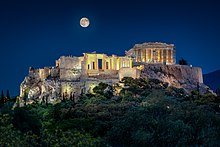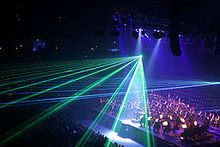Lighting
**History of Lighting:**
– Discovery of fire led to early forms of artificial lighting
– Primitive oil lamps made from natural materials were used
– Candles, glass, and pottery lamps were invented
– Whale oil discovery led to cost reduction in lighting
– Introduction of kerosene and electric lighting revolutionized lighting industry
**Fixtures:**
– Lighting fixtures serve as holders for light sources
– They provide directed light and prevent visual glare
– Fixtures come in various styles and materials
– Luminous efficacy measures the efficiency of light fixtures
– Color temperature of white light sources impacts their applications
**Types of Lighting:**
– Artificial lighting uses lamps and light fixtures
– Natural illumination captures daylight
– Daylighting through windows and skylights saves energy
– Proper lighting enhances task performance
– Indoor lighting is crucial for interior design
**Benefits of Lighting:**
– Enhances task performance
– Improves area appearance
– Positively affects occupants’ psychology
– Key part of landscape projects
– Reduces energy consumption in buildings
**Innovations in Lighting Technology:**
– Gas lighting powered street lights in major cities in the 1800s
– Electric lighting became ubiquitous in developed countries
– Improved nighttime lighting enabled more activities at night
– Street lights helped reduce urban crime
– Introduction of arc lights and incandescent bulbs transformed lighting industry
Lighting or illumination is the deliberate use of light to achieve practical or aesthetic effects. Lighting includes the use of both artificial light sources like lamps and light fixtures, as well as natural illumination by capturing daylight. Daylighting (using windows, skylights, or light shelves) is sometimes used as the main source of light during daytime in buildings. This can save energy in place of using artificial lighting, which represents a major component of energy consumption in buildings. Proper lighting can enhance task performance, improve the appearance of an area, or have positive psychological effects on occupants.




Indoor lighting is usually accomplished using light fixtures, and is a key part of interior design. Lighting can also be an intrinsic component of landscape projects.
